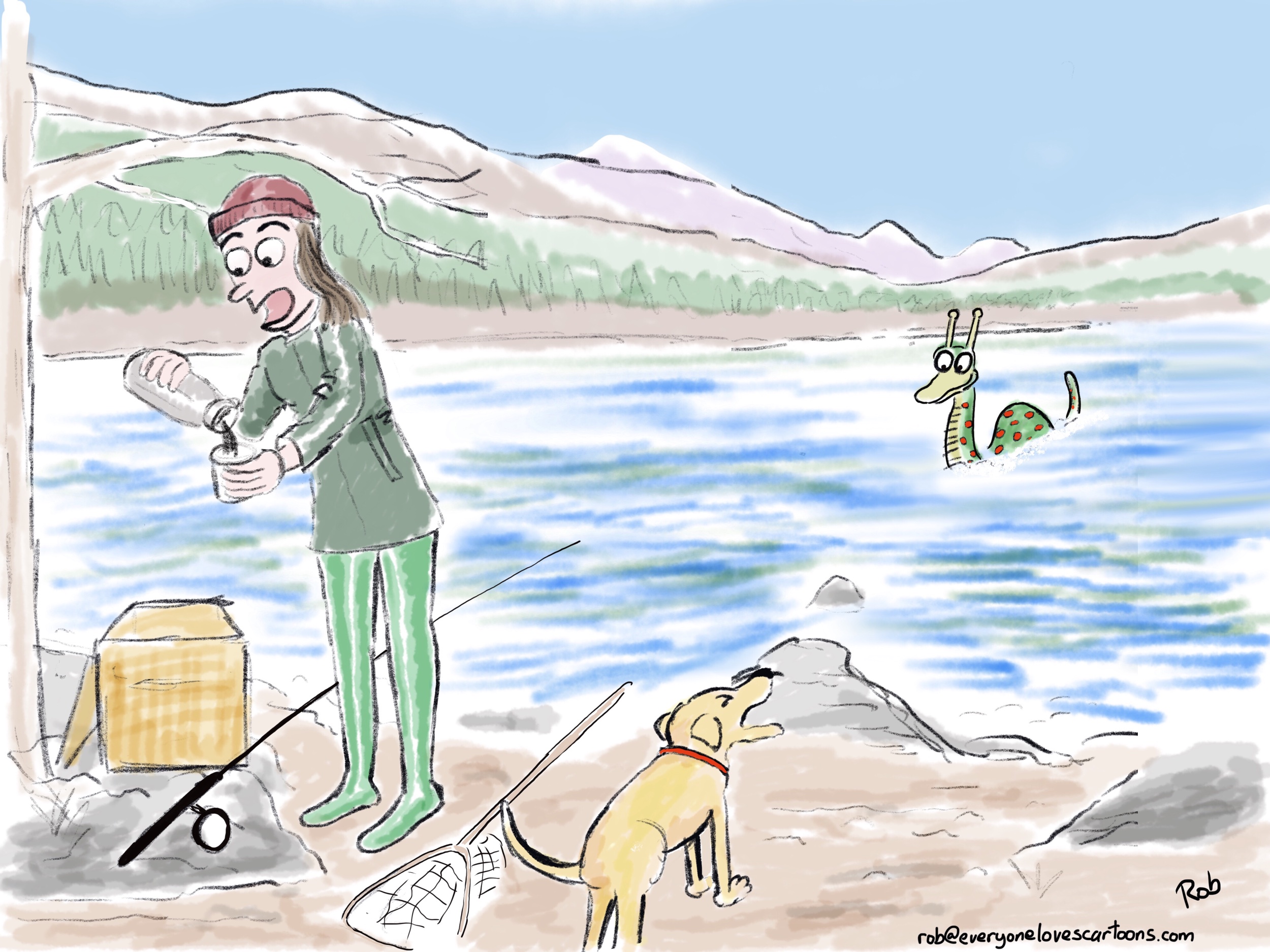Only in Monaco…
I came across an article about a guy in Monaco who managed to get an old Porsche racing car licensed for the road. I won’t go into the exact shennanigans he had to go through to do so, but he ended up using some obscure loophole.
The Porsche 917 was designed to win the win the Le Mans 24 hour race which it did so, and was never intended to be driven on the road. When I was the above photo, I was really intrigued by the incongruity between the sleek racing machine and the everyday road traffic.
I put the photo in the middle of a blank page and then started brainstorming idea associated with it. I liked the idea of the racing driver having changed careers and it was then the delivery business struck me. I liked the absurdity of the totally impractical racing car being using to cart things around.
Here’s the finished cartoon.
Over To You:
Try this idea-generating technique out with a photo that catches your eye. As you write down possible ideas, don’t pause to think about them - just write whatever pops into your mind. You can even pose some questions about the picture as well, like I did in the above example.










































































